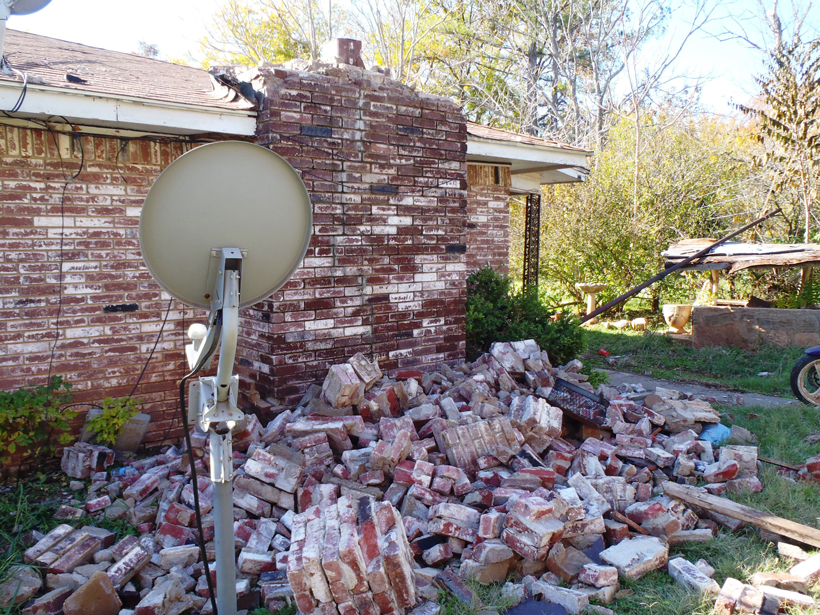Source: Geophysical Research Letters
In October of 2014, two earthquakes sent shivers down the spine of Cushing, Okla., home to the world’s largest crude oil storage facility as well as operational sections of the Keystone pipeline. At magnitudes 4.0 and 4.3, the quakes were more than enough to make authorities nervous; known ties between wastewater injection and induced seismicity prompted decision makers to shut down several injection wells.
Here McNamara et al. looked at seismic data from the 2014 Cushing earthquake sequence in order to better understand earthquake hazards and their potential impact on the local energy infrastructure.
The researchers used continuous data from seismic stations around the epicenter to spot aftershocks of the Cushing sequence. They identified eight quakes, which were relatively shallow (less than 6 kilometers) and aligned along the 5-kilometer-long, northwest oriented “Cushing fault.”
The 2014 earthquakes showed increased static stress in the Cushing fault and nearby Wilzetta-Whitetail fault zone. Using the U.S. Geological Survey (USGS) Prompt Assessment of Global Earthquakes for Response (PAGER) model, the researchers found that this slow increase in stress could be unleashed in an earthquake as large as the one that hit nearby Prague, Okla., in 2011 with magnitude 5.6.
The results suggest that the Cushing community and its costly energy infrastructure are at high risk for damage in future quakes. The researchers also emphasize the need to better understand the relationship between local seismicity and the practice of wastewater injection. The USGS is now working to include induced seismicity in its National Seismic Hazard Model; without it, decision makers in Oklahoma could easily underestimate the risk.
The team advises that the oil and gas industry take measures to reduce induced seismicity risk, including distributing wells over a larger area and avoiding injections into active faults. Incidentally, the Cushing sequence reactivated in October 2015—the same week this research was published—and as a result, the Oklahoma Corporation Commission moved to limit wastewater disposal in the area to avoid a large earthquake. This demonstrates the significance of studies like this as resources for local leaders. Further work in seismology and stress analysis is a stepping-stone to better earthquake forecasting and safer communities. (Geophysical Research Letters, doi:10.1002/2015GL064669, 2015)
—Lily Strelich, Freelance Writer
Citation: Strelich, L. (2016), Oklahoma’s dormant faults hide huge seismic risk potential, Eos, 97, doi:10.1029/2016EO043467. Published on 15 January 2015.
Text © 2016. The authors. CC BY-NC 3.0
Except where otherwise noted, images are subject to copyright. Any reuse without express permission from the copyright owner is prohibited.

